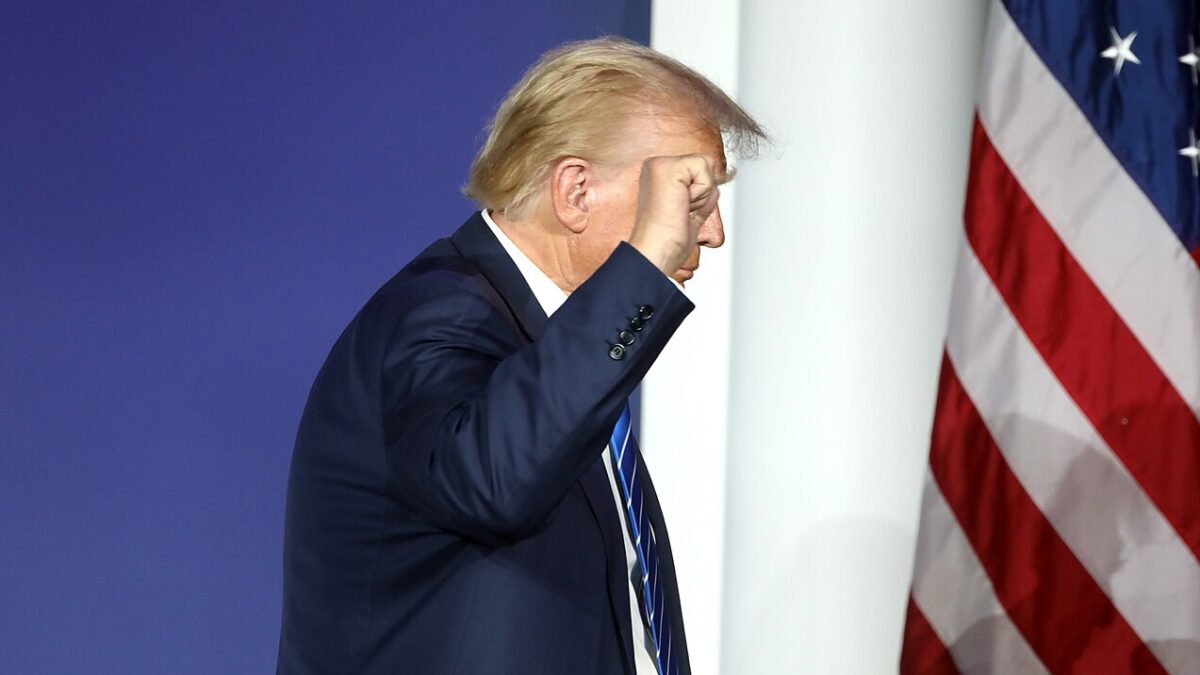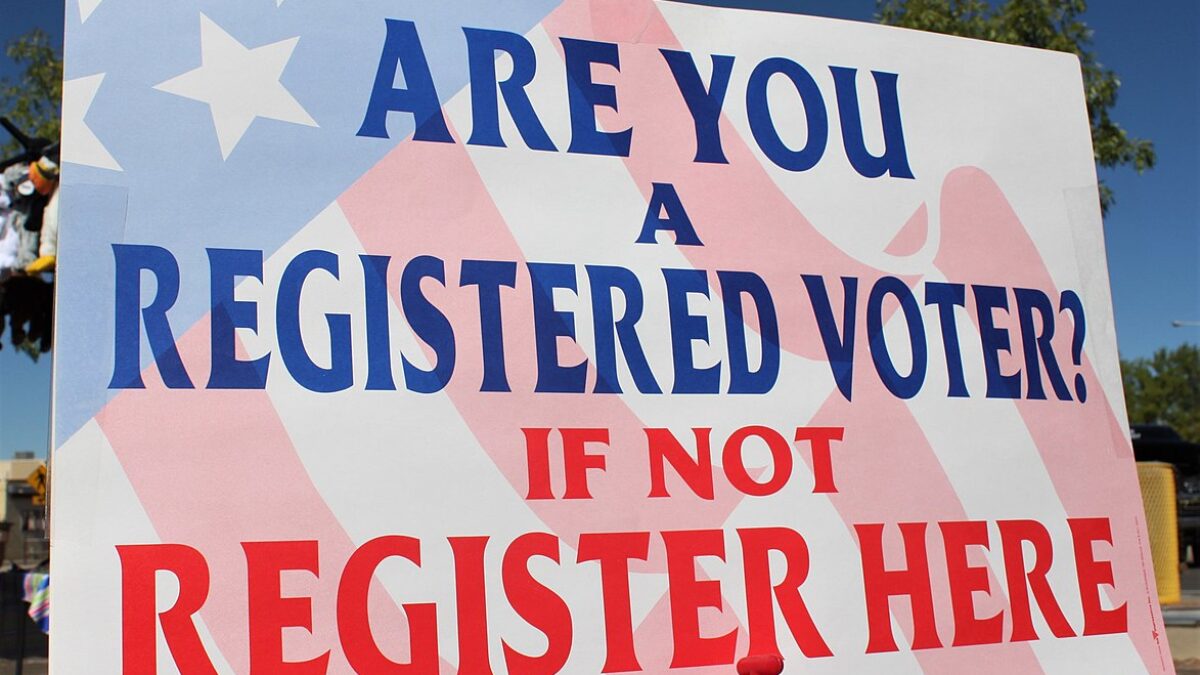
Yesterday’s Congressional Budget Office (CBO) analysis of House Republicans’ “repeal-and-replace” legislation lead to widespread news coverage of its health coverage numbers. However, several other questions reveal the “story behind the story,” which could help determine the bill’s ultimate fate.
1. Who Wants to Run on Premium Increases?
While some may tout eventual premium savings under the bill (about which more below), the most immediate headline involves the estimated 15-20 percent premium increases that will hit in both 2018 and 2019, because CBO believes fewer healthy individuals will sign up for coverage.
As with Obamacare’s exchanges over the past few years, that projected national average may mask significant regional differences. Some areas could see premium increases well in excess of 20 percent. These premium increases (possibly coupled with insurer exits) would be the first tangible impact of Obamacare repeal many constituents face heading into the 2018 elections—not a welcome sign for conservatives who ran for years on the promise of Obamacare repeal yielding lower premiums.
2. Spend More Now, Save More Later—Really?
While some Republican leaders touted the bill’s supposed deficit savings, a closer look reveals significant flaws. Notably, the bill will increase the deficit in its first five years by a net of $9.4 billion, while lowering the deficit by more than $345 billion in its second five years.
A look at Table 3 in the score, which shows the net budgetary effects of the bill’s major coverage provisions, gives important signals about why. Take a look at the net spending on coverage—that is, reductions in Medicaid and Obamacare subsidy spending, offset by increases in spending on the bill’s new tax credits—by fiscal year:
Note that these numbers above are not cumulative totals. They represent annual reductions in subsidy entitlement spending. The numbers mean that, even after taking into account the new refundable tax credits (which would start on January 1, 2020, the day after the Obamacare subsidy regime expires), net spending would decline by almost an additional $60 billion in the fiscal year ending September 30, 2020—i.e., roughly six weeks before the next presidential election.
With numbers like these, it’s not hard to argue that the new refundable tax credit will not take effect in a presidential election year, or possibly ever. Congress may instead act to perpetuate Obamacare’s existing subsidy regime, which the House Republican bill actually expands for the supposed “transition” period, into an enhanced, entrenched, and therefore permanent, entitlement.
3. What Will Premiums Look Like in 2027?
CBO claims that “by 2026, average premiums for single policy-holders in the non-group market under the legislation would be roughly 10 percent lower than under current law.” If accurate, that estimate means that—more than 15 years after the law’s enactment—premiums might recover most (but perhaps not all) of the average $2,100 per family premium spike CBO attributed to Obamacare.
Even then, however, initial appearances can deceive. CBO noted that premiums would decline in 2026 in part because of the new, $100 billion Patient and State Stability Fund. CBO concluded that fund grants would likely be used for reinsurance payments to insurers; “if those funds were devoted to other purposes, then premium reductions would be smaller.”
That CBO analysis raises the obvious question: What happens to premiums in 2027, when the stability fund created by the legislation would expire? Or have House Republicans created in the Stability Fund what amounts to a perpetual bailout machine, a new entitlement for health insurers that they hope will keep premiums low—albeit at taxpayers’ expense?
4. Why Not Repeal Obamacare?
Even with a new refundable tax credit entitlement, the overall CBO coverage numbers were little higher than those associated with enacting the 2015 repeal and reconciliation bill. In fact, if that 2015 reconciliation bill had repealed Obamacare’s major insurance regulations—the major drivers of rising premiums, all of which have a clear budgetary nexus—it may have achieved coverage levels higher than this “repeal-and-replace” bill.
House leadership will now face the difficult task of mustering up votes for a plan with no natural constituency. It’s the kind of legislation that leads to cynical blandishments to win votes—arguing to conservatives that the refundable tax credit is a relatively innocuous entitlement, because no one will use it; and arguing to moderates that, while many of their constituents will lose coverage under the bill, they can extend to their constituents the promise of the new tax credits, even though few will use them.
Instead of passing legislation that some may vote for, but few truly support, House leadership would be wiser instead to focus on enacting a bill that members can both vote for and support. Repealing Obamacare, including the costly regulations emanating from Washington, would lower premiums, encouraging individuals to purchase coverage, and begin the process of restoring state sovereignty over health care and health insurance, an outcome for which conservatives could be proud.
Data from table 3 of the CBO score has been corrected in this article.









